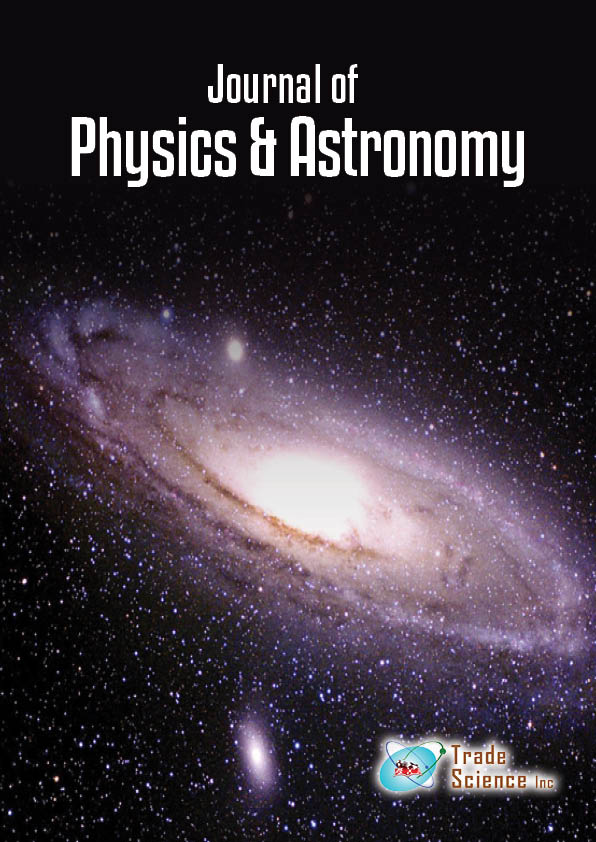Abstrato
Quantum Geometry conserves Baryon symmetry - The matter - antimatter Universe.
Gary Barham* and Christine van Blokland
The Universe that we live in is a universe of matter, even though we know that there must be just as much antimatter around that will balance the matter it appears that the antimatter is no where to be found. We know this to be simply true, as a matter-antimatter universe would vanish in one annihilation event, which is what apparently happened very, very soon after the big bang. We are here by grace of a very small imbalance in favor of matter, one particle of matter surviving for every one billion matter-antimatter pairs. Other than the mirror matter-antimatter universe hypothesis, or matter-antimatter bubble universe, most research in baryon asymmetry, baryogenesis, is directed at finding a good mechanism for symmetry breaking, following the three conditions set by Sakharov in 1967 [1]. To date there are no viable theories, and the matter-antimatter imbalance remains as one of the great unsolved mysteries in physics. However, this then implies that nature has created a universe that is so out of balance that the dance partner is nowhere to be found. Quantum Geometry is a new proposal to allow baryon symmetry to be conserved, and a universe with 50% matter and 50% antimatter, to actually exist, everywhere. At the lowest level of existence, that of the fundamental particles, both quarks and antiquarks can be used to construct the composite particles of the second level, the subatomic particles, without annihilation. In the heart of the sub-atomic particles, the proton and neutron, the geometry of the gluon equilibrium allows these particles to contain quarks and antiquarks, the proton holding four quarks and one antiquark, the pentaquark [2], and the neutron being made up of three quark-antiquark pairs. These sub-atomic particles then interact further as particles of matter, avoiding annihilation in the world of matter. Then, Quantum Geometry is used to propose a composite electron. This sub-atomic particle would be made of four antiquarks and one quark, an antimatter pentaquark. The atom then becomes the third level building block of matter, made of protons with a baryon number of +1, neutrons with a baryon number of 0, rather than also +1, and a composite electron with a baryon number of -1, rather than being a point-particle fermion. This allows the universe we see to have a baryon number of 0, to have baryon symmetry, without having to search for the antimatter or to consider that it has all disappeared in an explosion of light.
